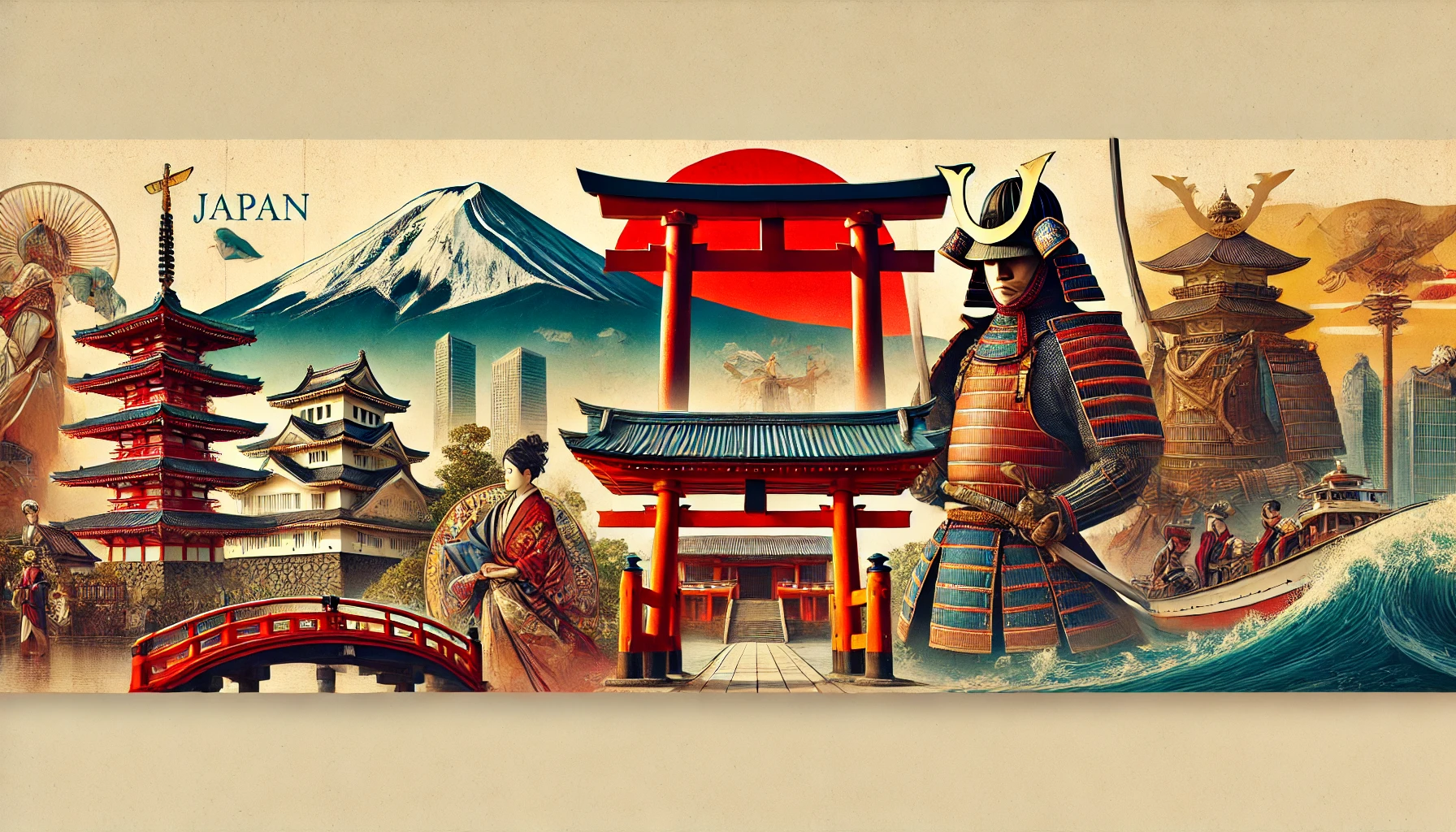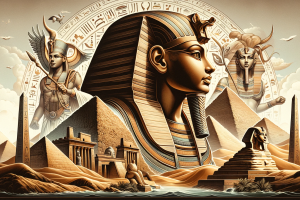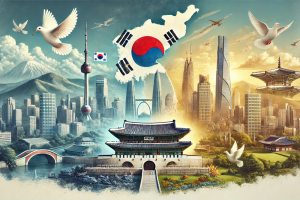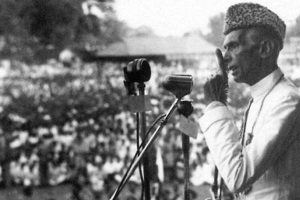The Rich History of Japan: From Ancient Times to the Modern Era
The history of Japan is a fascinating blend of ancient traditions, samurai warriors, and rapid modernization. From the early formation of its culture to the technological advancements of today, Japan’s journey through time is one of resilience, adaptability, and cultural preservation. In this blog, we’ll explore key periods in Japan’s history, including Feudal Japan, the rise of the Tokugawa Shogunate, and the transformative Meiji Restoration. Whether you’re a history enthusiast or a first-time learner, this guide will take you through the most significant events that shaped this island nation.
The Origins: Ancient Japan History
Japan’s history stretches back thousands of years, beginning with the Jomon period (14,000–300 BCE), characterized by hunter-gatherer communities. During this time, Japan’s ancient history saw the development of pottery and early agricultural practices. The subsequent Yayoi period (300 BCE–300 CE) introduced wet-rice farming, metal tools, and a more structured society, laying the foundations for the rise of Japanese culture and history.
One of the earliest recorded events in Ancient Japan history is the emergence of the Yamato clan, which began uniting the archipelago in the 4th century. The Yamato rulers claimed descent from the sun goddess Amaterasu, establishing the imperial line that continues to this day.
Feudal Japan and the Rise of the Samurai
As we move into Feudal Japan, a new era of military rule took shape, leading to the emergence of the samurai class. Beginning in the Kamakura period (1185–1333), military leaders called shoguns held real power while the emperor remained a figurehead. During this time, the samurai became an elite warrior class, bound by the Bushido code of honor.
The samurai were instrumental in shaping the political and military landscape of Feudal Japan, especially during the turbulent Sengoku period (1467–1603), also known as the Warring States period. Rival warlords, or daimyo, fought for control of the country, leading to widespread conflict. The pivotal moment in this era came with the rise of the Tokugawa clan.
The Tokugawa Shogunate: A New Era of Stability
In 1603, Tokugawa Ieyasu established the Tokugawa Shogunate, ushering in more than 250 years of peace and stability, known as the Edo period. This era was marked by strict social hierarchy, isolation from the outside world, and the flourishing of Japanese art and culture.
The Edo period saw the development of famous cultural traditions such as kabuki theater and ukiyo-e woodblock prints. Although the country remained isolated from most international influences, trade with China and the Netherlands continued on a limited basis. This period of isolation, or sakoku, allowed Japan to develop its unique cultural identity.
The Meiji Restoration: Japan’s Rapid Modernization
By the mid-19th century, Japan’s isolation began to crumble as Western powers sought to open the country to trade. In 1853, U.S. Commodore Matthew Perry arrived with a fleet of warships, forcing Japan to sign unequal treaties. The resulting internal strife led to the downfall of the Tokugawa Shogunate and the restoration of imperial rule under Emperor Meiji in 1868.
The Meiji Restoration marked one of the most dramatic transformations in Japanese history. The new government adopted Western political, military, and industrial systems, modernizing the country in a matter of decades. This period saw the end of the samurai class, as Japan built a conscripted military and embraced industrialization.
In just a few decades, Japan went from a feudal society to an emerging world power. The Japanese imperial history during this time involved significant changes, including the establishment of a modern education system, the development of infrastructure, and an aggressive foreign policy that would eventually lead Japan into conflict with its neighbors.
World War II Japan: A Defining Moment
Japan’s rise as an imperial power in the late 19th and early 20th centuries led to its involvement in several conflicts, including the Russo-Japanese War (1904–1905) and World War I. However, it was World War II Japan that had the most profound impact on the country’s modern history.
Japan’s aggressive expansion across Asia, particularly in China and Southeast Asia, culminated in its attack on Pearl Harbor in 1941, bringing the United States into the war. The ensuing Pacific War ended with the atomic bombings of Hiroshima and Nagasaki in 1945, forcing Japan’s surrender and bringing an end to World War II Japan.
Following the war, Japan was occupied by Allied forces, led by the United States, and underwent significant political and social reforms. The post-war period saw Japan adopt a pacifist constitution, renouncing the use of war to settle international disputes. Despite the devastation of the war, Japan quickly rebuilt and emerged as an economic powerhouse in the second half of the 20th century.
Japanese Culture and History: The Influence of Religion and Philosophy
Throughout Japan’s history, Japanese culture has been deeply influenced by religion and philosophy, particularly Shintoism, Buddhism, and Confucianism. Shinto, the indigenous religion of Japan, centers on the worship of kami (gods or spirits), which are believed to inhabit natural objects and landscapes. This spiritual connection to nature is still evident in Japanese gardens, festivals, and rituals today.
Buddhism, introduced to Japan from China in the 6th century, profoundly shaped Japanese culture and history, particularly through its influence on art, architecture, and philosophy. Zen Buddhism, in particular, played a significant role in the development of the samurai’s ethical code, as well as Japan’s traditional arts, such as tea ceremonies and ikebana (flower arranging).
The Lasting Legacy of Japanese History
From its ancient history through the Edo period, Feudal Japan, and the Meiji Restoration, Japan has shown remarkable resilience and adaptability. The history of Japan is not only a story of warfare and political power but also one of profound cultural achievements and social evolution. Whether you’re studying the samurai history or exploring Japan’s transformation during World War II, understanding this country’s past is key to appreciating its present.
For more educational resources on the history of Japan and other topics, visit Regent Studies to further your learning journey




